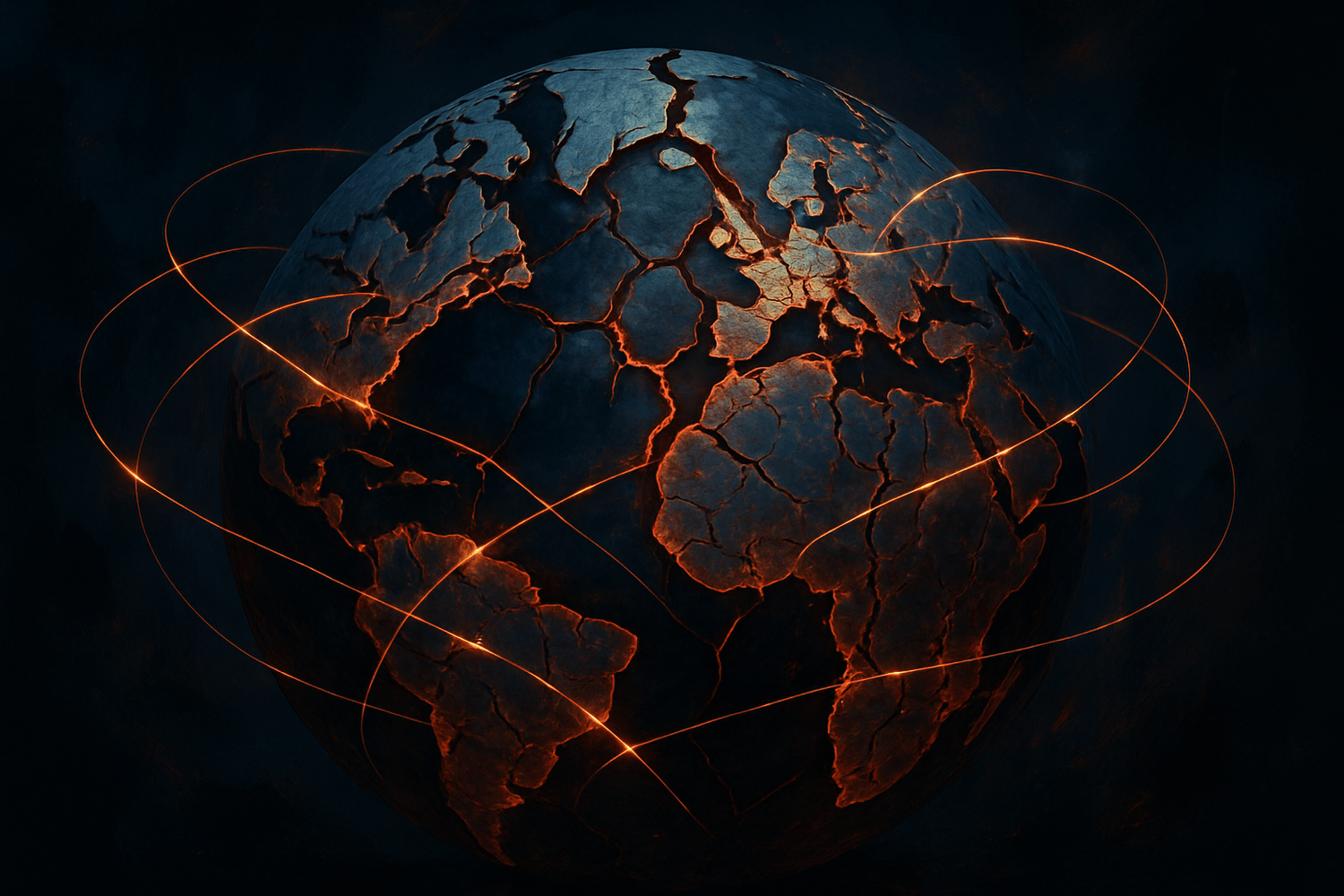The New Cold War? How Geopolitics is Reshaping the Global Economy
In an era defined by unprecedented interconnectedness, the global economy is now facing a dramatic realignment. The resurgence of great power competition, reminiscent of the Cold War, is actively reshaping the flow of trade, investment, and technology worldwide . This isn't a conflict fought with traditional weapons, but with tariffs, sanctions, and strategic industrial policies . The consequences of this new geopolitical landscape are far-reaching, impacting everything from the price of consumer goods to the future of international cooperation .
The End of Hyper-Globalization
For decades, the world has operated on a model of hyper-globalization, with complex supply chains spanning the globe in the pursuit of maximum efficiency. However, the tide is turning. The US-China rivalry, in particular, has accelerated a shift towards what some are calling "economic fragmentation" or "deglobalization" . This is not just about trade disputes; it's a fundamental rethinking of economic dependencies. National security concerns now often outweigh purely economic considerations, leading to a re-shoring and "friend-shoring" of critical industries .

The Weaponization of Trade and Finance
One of the defining features of this new era is the "weaponization" of economic tools for geopolitical ends. Since 2019, the use of trade restrictions has more than tripled, and financial sanctions have become a go-to instrument of foreign policy . These measures, once reserved for rogue states, are now being used to target major economies, creating a more volatile and uncertain environment for international business . The long-term effects of this trend are still unfolding, but they are already contributing to a more fractured global economic order.
A New Map of Global Trade
The old map of global trade is being redrawn . As countries seek to reduce their reliance on geopolitical rivals, new trade corridors and alliances are emerging. A 2024 analysis of trade data from major economies like the US, China, Germany, and India reveals a significant shift in trade patterns . Trade is increasingly flowing between politically aligned countries, creating distinct economic blocs. This shift is not without its costs; it can lead to inefficiencies, higher prices for consumers, and a more complex operating environment for multinational corporations.

Navigating the New Reality
The transition to a new global economic order will be complex and, at times, turbulent. Businesses and policymakers alike must adapt to this new reality. For businesses, this means building more resilient and diversified supply chains, and for policymakers, it means finding new ways to cooperate on global challenges like climate change and pandemics in an increasingly fragmented world. The "new cold war" may not be a perfect analogy, but it captures the essence of a world where geopolitics and economics are more intertwined than ever before, with profound implications for the future of the global economy .
© 2025 OptinVision


